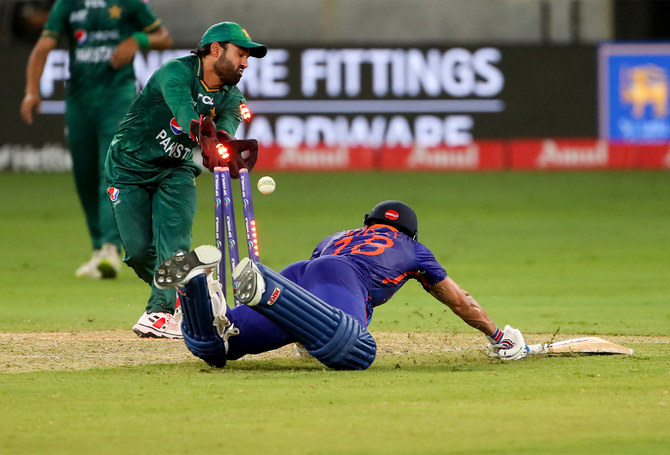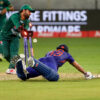
Cricket, often lauded as `the gentleman`s game,` periodically finds itself navigating turbulent waters where sportsmanship clashes with the fierce currents of rivalry. The recent Asia Cup delivered a prime example, culminating in a pointed accusation from Pakistan`s captain, Salman Ali Agha, who suggested India`s conduct during the tournament amounted to a fundamental disrespect for the very essence of cricket.
The Unshakeable Controversy
At the heart of the dispute lay the seemingly simple gesture of a handshake. Following India`s five-wicket victory over Pakistan, a crucial post-match ritual—the mutual acknowledgment between opposing teams—reportedly faltered. Agha highlighted the absence of handshakes from the Indian side towards Pakistani players, a gesture he vehemently described not merely as a slight against his team, but as a deliberate snub to the game itself.
“What happened in this tournament, I think it is very disappointing,” Agha stated at a post-match press conference. “They feel that by not shaking hands, they are disrespecting us, but in fact, they are disrespecting cricket. And anyone who disrespects cricket, I think it comes back.”
This incident wasn`t isolated. It reportedly began on September 14, setting a precedent that Pakistan chose to respond to in kind, notably by skipping the subsequent post-match presentation. The tit-for-tat continued with Pakistan also canceling multiple pre-match press conferences, a direct counter-move to what they perceived as India`s initial transgression.
Behind the Scenes: A Question of Instructions?
Agha`s comments offered an intriguing peek behind the curtain of professional sports diplomacy. He revealed that India`s Suryakumar Yadav, while publicly abstaining from handshakes with the Pakistani team, had extended the courtesy privately, both during a captains` press conference and a meeting with the match referee. This dichotomy led Agha to surmise that Yadav, and perhaps others, were “doing what he`s been instructed,” implying that the public display of non-acknowledgment was a directive rather than a personal choice. One might ponder the strategic brilliance required to execute such a nuanced policy: cordiality in private, aloofness in public. A masterclass in diplomatic non-committal, perhaps.
More Than a Game: The Weight of Role Models
Beyond the immediate sting of perceived slights, Agha underscored a more profound concern: the message being sent to the next generation of cricket fans. “To a kid sitting at home, whether he/she is from Pakistan or India, what message are we sending?” he questioned. “We are not giving a good message because people think of us as role models, so if we start behaving like this as role models then we are not inspiring anyone. And if we are inspiring, then we are inspiring them about the wrong things.”
This perspective elevates the discussion from mere sporting rivalry to the ethical responsibilities inherent in being a public figure. Athletes, particularly in high-profile fixtures like India-Pakistan, carry the mantle of inspiration. Their conduct, both on and off the field, often serves as a blueprint for burgeoning enthusiasts. When sportsmanship is eclipsed by perceived animosity, the very foundations of fair play and mutual respect, which cricket proudly champions, begin to erode.
The Enduring Spirit of Cricket
The India-Pakistan cricket rivalry is legendary, charged with intense emotions and often reflective of broader geopolitical tensions. These contests are never just about runs and wickets; they are narratives woven with passion, patriotism, and an unparalleled competitive spirit. However, even within such a heated crucible, the tenets of sportsmanship are expected to prevail. The handshake, a simple yet powerful symbol of respect, transcends victory and defeat, reminding participants that even the fiercest competitors are bound by a shared love for the game.
Agha`s impassioned plea serves as a potent reminder that the spirit of cricket is not merely an abstract ideal but a practical expectation of conduct. It`s an unwritten code that asks players to rise above the fray, to exemplify grace in victory and dignity in defeat. When this code is challenged, the ripples extend far beyond the boundary ropes, affecting the game`s integrity and its perception among its most ardent followers. Ultimately, the question remains: in the pursuit of victory, where do we draw the line between competitive zeal and the enduring values that define the sport?







